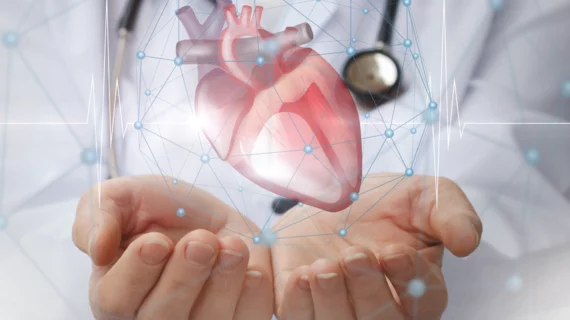Florida hospital celebrates 100th TAVR procedure
Bethesda Heart Hospital in Boynton Beach, Florida, is celebrating the completion of its 100th transcatheter aortic valve replacement (TAVR) procedure.
The patient was a 69-year-old man who faced an especially high risk of complications. Like Bethesda Heart Hospital’s first 99 TAVR cases, the procedure was a success.
“He presented with heart failure symptoms and severe aortic stenosis,” veteran interventional cardiologist George K. Daniel, MD, said in a statement. “We felt that he would be best served with TAVR, rather than standard surgery because this would have been his second open-heart surgery. He had bypass surgery in the past, so it would have been a much more difficult recovery time for him. So, we offered him TAVR and he became the 100th case. He left the hospital within three days—typically it’s 24 to 48 hours after TAVR.”
Specialists at Bethesda Heart Hospital first started performing TAVR just 20 months ago. According to Daniel, the procedure has gained so much momentum that one is being performed practically every day now—and the facility’s TAVR program is expanding as a result.
“There is definitely a greater awareness in the community and among primary care doctors and cardiologists about the benefits of TAVR,” he said. “We’re also at an acceleration point with the approval of low-risk patients as candidates for the procedure.”

